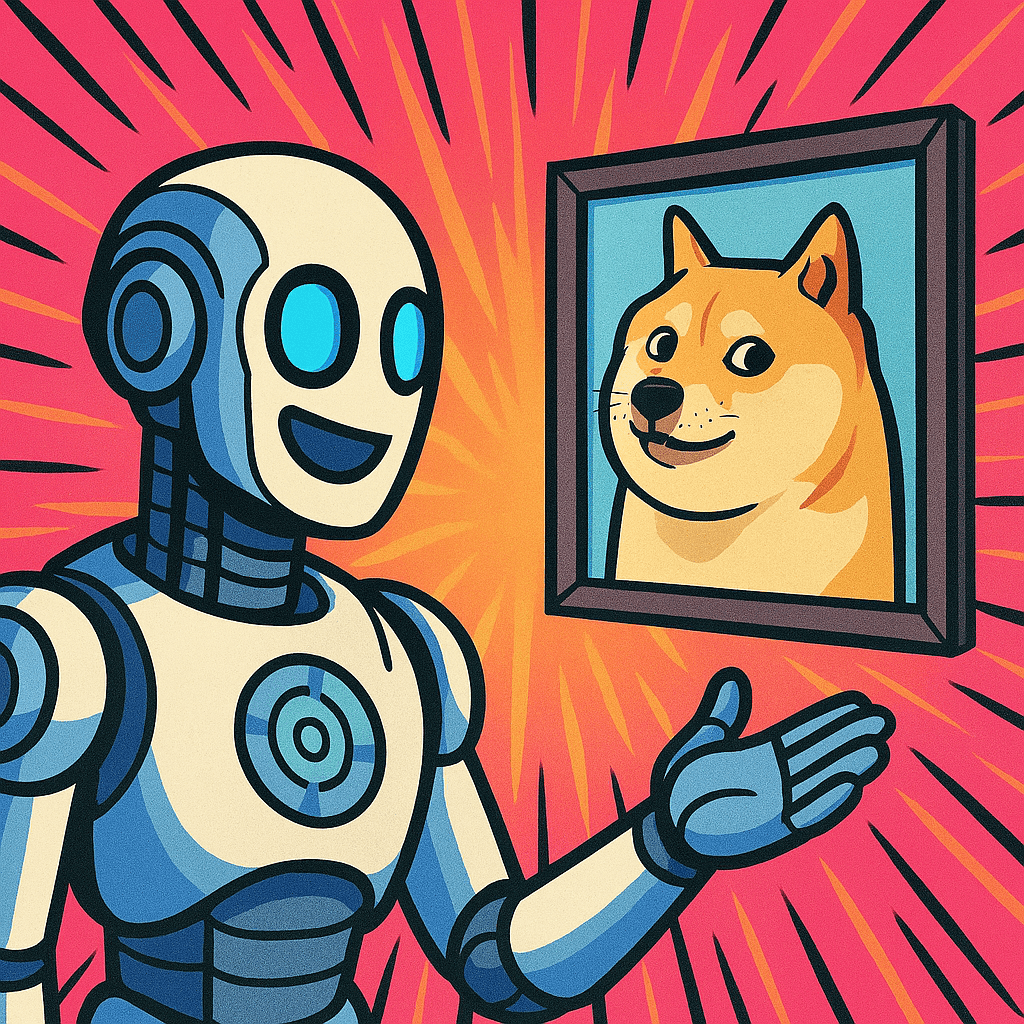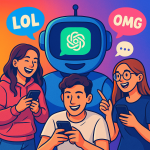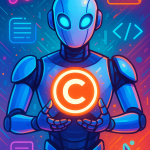Throughout human history, art has continuously evolved, reflecting shifts in culture, technology, and imagination. From cave paintings and sculptures to digital installations and virtual reality experiences, artistic expression has grown hand-in-hand with human ingenuity. Today, with the rise of sophisticated AI models like GPT (Generative Pre-trained Transformer), we are standing on the precipice of yet another revolutionary moment in art history. But can artificial intelligence truly invent entirely new art forms that surpass human creativity?
Artificial intelligence has already proven its capabilities across numerous artistic disciplines. GPT and similar models can generate poetry, compose music, paint pictures, and even write screenplays. However, the question of whether AI can produce genuinely original art forms that humans haven’t even imagined yet is a provocative and profound inquiry.
Understanding AI Creativity
To assess the potential for AI-driven originality, it’s crucial to understand how models like GPT function creatively. GPT generates outputs based on vast amounts of data from diverse human-created content. It analyzes, synthesizes, and recontextualizes existing material, producing results that may seem remarkably creative and even innovative. However, critics argue that such creations are merely sophisticated mimicry—artificial reconstructions based on patterns learned from human examples.
Yet proponents believe that AI creativity is more than mere replication. AI’s ability to combine unrelated concepts, styles, and themes from vast datasets allows it to venture into unexplored artistic territory, potentially generating truly novel ideas and aesthetics. This unique ability to amalgamate data at scale gives GPT an edge in redefining creativity beyond human limitations.
Breaking Boundaries: AI’s Emerging Art Forms
Several examples already illustrate AI’s potential to pioneer new art forms. One emerging field is generative art, where AI autonomously produces intricate visual patterns or immersive experiences. These creations are often unpredictable and endlessly variable, providing entirely new modes of artistic engagement. Unlike human artists, AI can iterate rapidly through thousands of unique variations, leading to completely original aesthetic forms that would be nearly impossible for humans to conceive manually.
Another groundbreaking development is interactive AI-driven storytelling, where GPT models adapt narrative content dynamically based on user interactions. Traditional narratives follow predefined structures, but AI-powered narratives can respond fluidly and unpredictably, creating personalized and endlessly branching stories. This new art form blurs the lines between creator, AI, and audience, offering an unprecedented level of engagement and personalization.
Additionally, AI-generated virtual environments and augmented reality experiences have started to redefine what constitutes art itself. By blending physical and virtual realities with AI-generated content, artists can craft entirely new sensory experiences—immersive, responsive, and deeply interactive. Such innovations suggest that AI is not just augmenting human creativity but forging paths into entirely new artistic domains.
The Philosophical and Ethical Dimensions of AI Art
The idea that AI might invent new art forms naturally leads to philosophical and ethical considerations. If AI can genuinely create original art forms independently of human direction, does it challenge our understanding of authorship and creativity? Traditionally, art has been defined by human intention and emotional expression. With AI-generated art, intention becomes complex—does it lie with the programmer, the user, or the AI itself?
Moreover, questions arise regarding authenticity and value. Will AI-generated art be considered as valuable or meaningful as human-created works? Could it inspire and evoke emotion in the same profound way? These issues are likely to become increasingly important as AI continues to push the boundaries of artistic expression.
Collaboration, Not Competition
Rather than viewing AI as a competitor, many artists and creatives envision a future of collaboration between human and artificial intelligence. GPT and other AI models have already become valuable creative partners, helping artists explore new directions and refine their concepts. AI can amplify human creativity by automating mundane processes, suggesting unexpected connections, and pushing human artists beyond their habitual patterns.
For instance, AI-assisted composition tools enable musicians to discover unique soundscapes, and visual artists use AI-driven software to create distinctive visual styles previously unattainable. This symbiotic relationship between AI and human artists promises to enrich the artistic landscape rather than diminish human creativity.
Can AI Truly Innovate Beyond Human Limits?
Despite AI’s significant potential, the debate remains open-ended. Can GPT genuinely create something fundamentally new, or is it merely combining and remixing existing human concepts? The core argument hinges upon one’s definition of creativity. If creativity requires original thought and emotional resonance, critics argue that AI, lacking consciousness or subjective experiences, may never truly innovate in the deepest sense.
Conversely, advocates contend that AI’s capacity to fuse disparate influences at unprecedented scales makes it inherently capable of producing originality that transcends human limits. By breaking traditional paradigms and inventing unique methods of artistic expression, AI could redefine what we understand as creativity.
The Future of AI-Driven Artistry
As GPT and related technologies continue to evolve, the creative possibilities will only expand. Future iterations of AI models may become capable of generating not only sophisticated artistic outputs but entirely novel categories of art—art forms that today’s artists and audiences cannot yet fully envision.
In this transformative scenario, the art world itself may undergo radical changes. Galleries, museums, and cultural institutions could showcase AI-generated art as serious cultural artifacts, sparking new conversations about the meaning and purpose of creativity. Educational systems may incorporate AI art into curricula, teaching students not just about art history, but also about the future possibilities of human-machine co-creation.
Conclusion
Ultimately, whether AI like GPT can invent entirely new art forms beyond human imagination remains an open and profoundly exciting question. While AI undoubtedly possesses the potential to revolutionize artistic practice, the true measure of innovation will be determined by its reception among human audiences and the emotional resonance of its creations.
What seems certain is that the integration of AI into the arts will expand our creative horizons in unprecedented ways. Whether by inspiring humans to push further into unknown territories or independently generating entirely new forms of expression, GPT is undoubtedly a powerful catalyst for artistic evolution. The age of AI art may have just begun, and its limits remain beautifully undefined.
The Dawn of AI Artistry: Can GPT Unlock Creative Dimensions Unimagined by Humanity?



So humans pushed creativity this far, and now AI will take it from here? Guess we’ll just watch then xD
I be hopin dem AIs dont replace the artists😅
Cyberpunk is coming 😱
But can AI ever create something truly original, or is it just remixing what already exists?
Yas and no same time… Ai generation new picture from old pictures, created by a humans
Future galleries: “This AI is our new Picasso” Can neural networks not just copy but reinvent art?
Yeah, I be waitin for when everybody can be artists😎
can it make new art? 🤔 We’ll see! interesting times ahead!
AI art is so dope 😁 can’t wait 4 more!
can it really invent forms?🤔
pfft 🤨 just fancy copy-paste wheres the soul?